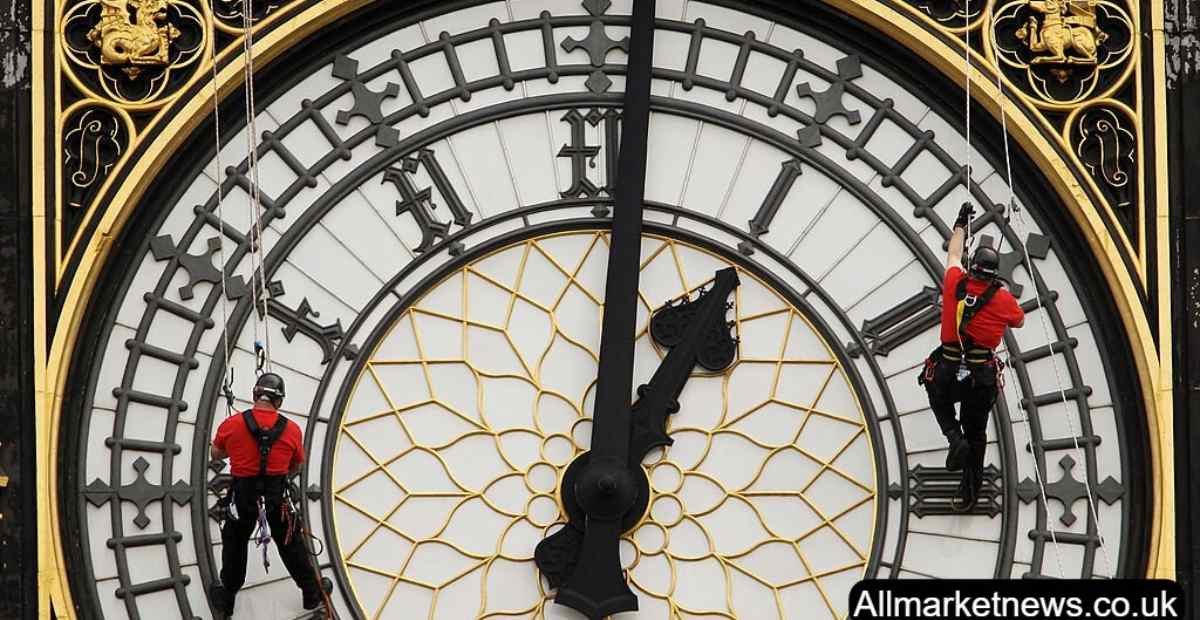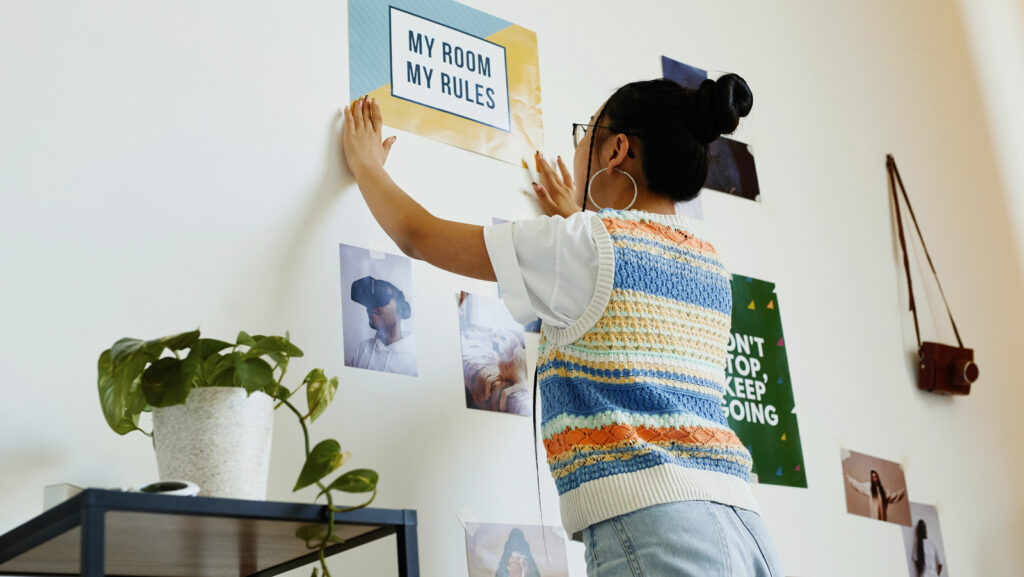Put on the Wall as a Poster NYT

In the realm of visual expression, Put on the Wall as a Poster NYT hold a unique and enduring appeal. They transform walls into canvases, conveying messages, evoking emotions, and reflecting personal and cultural identities. From iconic movie posters and political propaganda to contemporary art prints and motivational quotes, posters have become a ubiquitous element of interior decoration and public spaces. This article explores the history, cultural significance, and enduring allure of posters, offering insights into their evolution and impact on society.
The Historical Evolution of Posters
The history of Put on the Wall as a Poster NYT can be traced back to the invention of the printing press in the 15th century. However, it was not until the late 19th century that posters began to emerge as a popular medium for mass communication and artistic expression.
1. Early Beginnings
In the early days, Put on the Wall as a Poster NYT was primarily used for commercial purposes, such as advertising products and events. The advent of lithography in the late 18th century revolutionized poster production, allowing for vibrant, multi-colored prints. This technological advancement paved the way for the golden age of posters in the late 19th and early 20th centuries.
2. The Golden Age
The late 19th century saw the rise of the Art Nouveau movement, which had a profound influence on poster design. Artists like Alphonse Mucha and Henri de Toulouse-Lautrec created visually stunning posters that were both commercial advertisements and works of art. These posters adorned the streets of Paris, promoting everything from cabaret shows to consumer products, and became highly collectible.
3. Propaganda and Political Posters
The 20th century brought about significant political and social changes, and posters became powerful tools for propaganda and activism. During both World Wars, governments used posters to rally support, encourage enlistment, and promote wartime efforts. Iconic posters like James Montgomery Flagg’s “I Want You for U.S. Army” and J. Howard Miller’s “We Can Do It!” featuring Rosie the Riveter became enduring symbols of national identity and resilience.
4. Post-War and Contemporary Put on the Wall as a Poster NYT
After World War II, the use of Put on the Wall as a Poster NYT expanded into new domains, including film, music, and social movements. The 1960s and 70s saw a surge in psychedelic art and countercultural posters, with artists like Wes Wilson and Victor Moscoso creating vibrant, mind-bending designs for rock concerts and political protests. Today, posters continue to evolve, embracing digital technology and diverse artistic styles to reflect contemporary culture and aesthetics.
The Cultural Significance of Put on the Wall as a Poster NYT
Put on the Wall as a Poster NYT are more than just decorative items; they are cultural artifacts that capture the zeitgeist of their time. They serve as windows into the social, political, and artistic landscapes of different eras, providing valuable insights into historical events and cultural trends.
1. Visual Communication
One of the primary functions of Put on the Wall as a Poster NYT is visual communication. Through compelling imagery and succinct messaging, posters convey information quickly and effectively. This makes them ideal for advertising, public awareness campaigns, and political propaganda. The combination of striking visuals and concise text ensures that the message is both memorable and impactful.
2. Artistic Expression
Put on the Wall as a Poster NYT also serve as a medium for artistic expression. Many renowned artists have ventured into poster design, using it as a platform to experiment with styles and techniques. The accessibility and reproducibility of posters allow artists to reach a wider audience, democratizing art and making it more accessible to the public.
3. Cultural Reflection
As cultural artifacts, posters reflect the values, beliefs, and aesthetics of their time. They capture the spirit of social movements, the glamour of Hollywood, the energy of musical eras, and the aspirations of political ideologies. By studying posters, one can gain a deeper understanding of the historical and cultural context in which they were created.
The Enduring Allure of Posters
Despite the advent of digital media, Put on the Wall as a Poster NYT continue to captivate and inspire. Their tangible nature and visual appeal make them timeless pieces of art that resonate with people across generations. Several factors contribute to the enduring allure of posters:
1. Aesthetic Appeal
Put on the Wall as a Poster NYT possess a unique aesthetic appeal that combines art and design. The careful interplay of colors, typography, and imagery creates visually engaging compositions that draw the viewer’s attention. This aesthetic quality makes posters ideal for decorating spaces, adding personality and vibrancy to walls.
2. Nostalgia and Sentiment
Many Put on the Wall as a Poster NYT evoke a sense of nostalgia and sentiment, reminding individuals of cherished memories and experiences. Vintage movie posters, concert flyers, and travel advertisements often hold sentimental value, transporting viewers back to specific moments in time. This emotional connection enhances the personal significance of posters as decorative items.
3. Collectibility
Put on the Wall as a Poster NYT have long been collectible items, with enthusiasts seeking out rare and iconic prints. The collectibility of posters is driven by factors such as historical significance, artistic value, and rarity. Limited edition prints, signed by the artist, can command high prices in the art market, making poster collecting a rewarding and sometimes lucrative hobby.
4. Versatility
The versatility of Put on the Wall as a Poster NYT makes them suitable for various contexts and purposes. They can be used to decorate homes, offices, classrooms, and public spaces, each setting providing a different backdrop for their display. Posters can also be customized to suit individual tastes and preferences, allowing for a high degree of personalization.
The Impact of Put on the Wall as a Poster NYT on Interior Design

Put on the Wall as a Poster NYT play a significant role in interior design, contributing to the aesthetic and ambiance of a space. Whether used as statement pieces or as part of a gallery wall, posters can transform a room, adding character and visual interest.
1. Personal Expression
In interior design, Put on the Wall as a Poster NYT offer a means of personal expression. Homeowners and decorators can choose posters that reflect their interests, passions, and personality, creating a space that feels uniquely their own. From vintage travel posters to modern art prints, the selection of posters can tell a story about the individual and their tastes.
2. Focal Points and Accents
Put on the Wall as a Poster NYT can serve as focal points or accents in a room. A large, eye-catching poster can anchor a space, drawing the viewer’s attention and setting the tone for the decor. Smaller posters can be used as accents, complementing other design elements and adding layers of visual interest.
3. Themed Decor
Put on the Wall as a Poster NYT can also be used to create themed decor. By selecting posters that adhere to a specific theme, such as film noir, mid-century modern, or botanical illustrations, decorators can achieve a cohesive and harmonious look. This thematic approach allows for creative and imaginative design possibilities.
The Future of Put on the Wall as a Poster NYT
As technology and artistic trends continue to evolve, the future of posters holds exciting possibilities. The integration of digital tools and techniques is likely to shape the next generation of poster design, offering new ways to create, distribute, and interact with Put on the Wall as a Poster NYT.
1. Digital and Interactive Posters
The rise of digital technology has introduced the concept of digital and interactive posters. These posters incorporate elements such as QR codes, augmented reality (AR), and dynamic animations, providing an interactive experience for viewers. Digital posters can change and adapt over time, offering a versatile and engaging medium for communication and art.
2. Sustainable Practices
Sustainability is becoming an increasingly important consideration in poster production. Eco-friendly materials, such as recycled paper and soy-based inks, are gaining popularity, reducing the environmental impact of poster printing. Additionally, digital distribution channels allow for paperless dissemination, further promoting sustainability.
3. Customization and Personalization
Advancements in printing technology have made it easier than ever to customize and personalize posters. On-demand printing services enable individuals to create bespoke posters tailored to their preferences. This trend towards customization allows for greater creative freedom and personal expression.
Conclusion
Put on the Wall as a Poster NYT are a vibrant and versatile form of visual expression that continue to captivate and inspire. From their historical roots in commercial advertising to their contemporary role in interior design and digital media, posters have evolved to meet the changing needs and tastes of society. Their unique ability to convey messages, evoke emotions, and reflect cultural identities ensures that they remain a beloved and enduring medium. Whether displayed on the walls of homes, offices, or public spaces, posters offer a canvas for creativity, communication, and personal expression, enriching our visual landscape and connecting us to the world around us.
